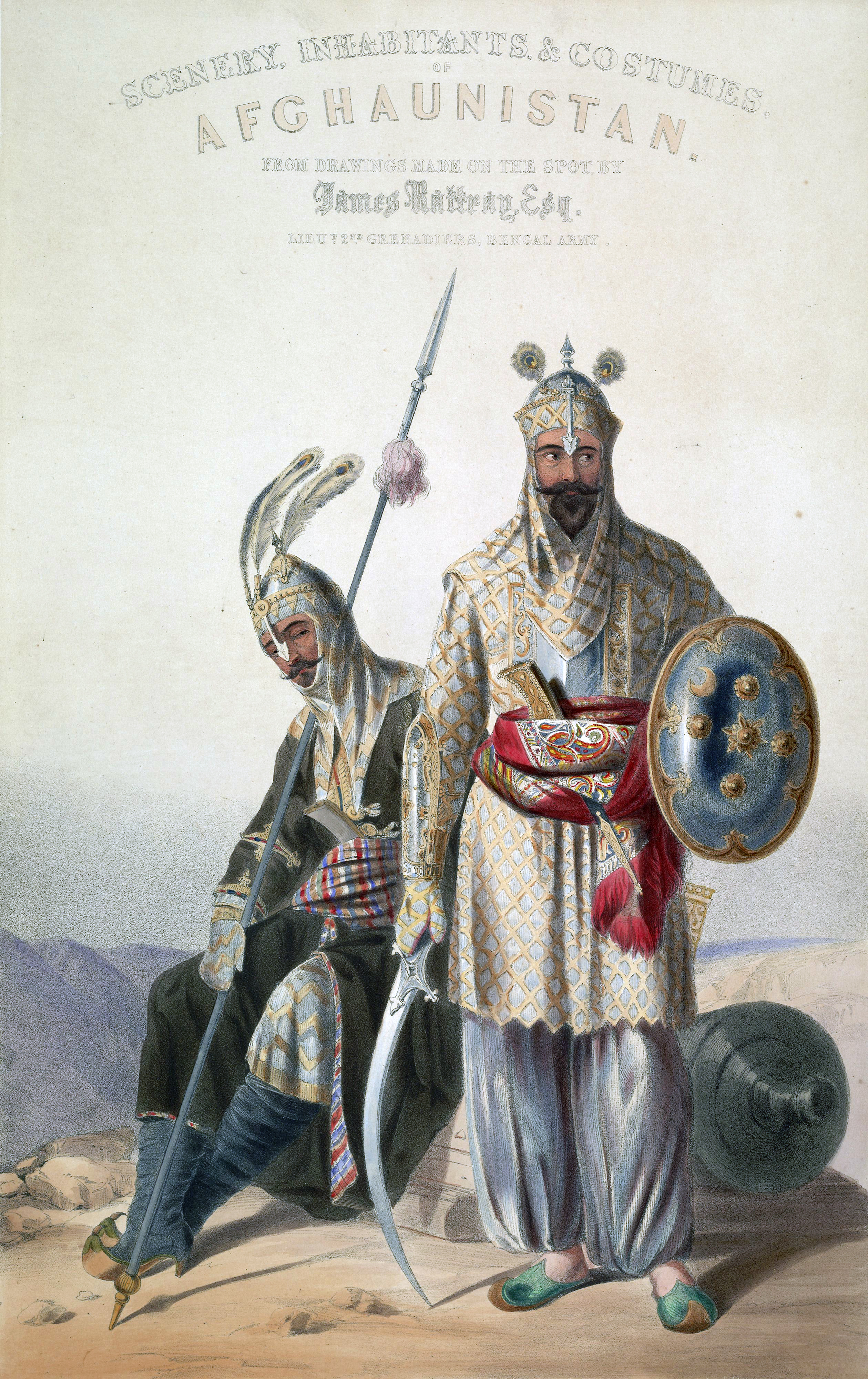Paper quilling illustrator Brodskaya's website here.
Thursday, February 23, 2012
Tuesday, February 21, 2012
Thursday, February 16, 2012
Sunday, February 12, 2012
Saturday, February 11, 2012
mystery makers
Here are some author/illustrators whose work is all about hidden codes, clues and mysteries. They seem to appeal to all ages, but still fall within the "picture book" genre.
Kit Williams
Graeme Base
Chris van Allsburg
Nick Bantock (Bantock also keeps up a pretty active blog!)
Kit Williams
Graeme Base
Chris van Allsburg
Nick Bantock (Bantock also keeps up a pretty active blog!)
Thursday, February 9, 2012
a smattering of sequential art links
Timeline of the funnies in America.
History of Comics (thorough but poorly illustrated).
Dylan Meconis "Outfoxed"(online comic)
Craig Thompson Process Gallery.
Emily Carroll's "The Prince and the Sea" (online comic)
Jordan Crane's "What Things Do" site.
History of Comics (thorough but poorly illustrated).
Dylan Meconis "Outfoxed"(online comic)
Craig Thompson Process Gallery.
Emily Carroll's "The Prince and the Sea" (online comic)
Jordan Crane's "What Things Do" site.
Tuesday, February 7, 2012
children's book history sites
University of Delaware, "World of the Child"
History of Little Golden Books.
Little Goody Two Shoes.
Looking Glass for the Mind.
Princeton Children's Lit Exhibits: here and here.
early experiments with multicolored lithography
 |
| Ida Waugh (1890) |
Senefelder had experimented during the early 19th century with multicolor lithography; in his 1819 book, he predicted that the process would eventually be perfected and used to reproduce paintings.[1] Multi-color printing was introduced by a new process developed by Godefroy Engelmann (France) in 1837 known as chromolithography.[1] A separate stone was used for each color, and a print went through the press separately for each stone. The main challenge was to keep the images aligned (in register). This method lent itself to images consisting of large areas of flat color, and resulted in the characteristic poster designs of this period.
 |
| Ernst Haeckel (1904) |
 |
| James Rattray (1847) |
 |
| Arribas (1937) |
 |
| Julio Suarez (1942) |
Subscribe to:
Comments (Atom)



























